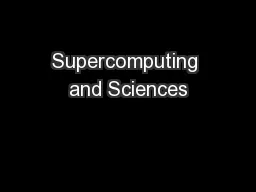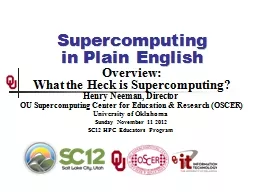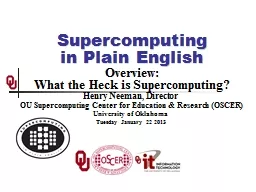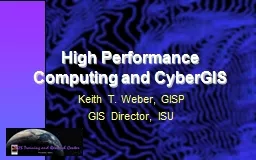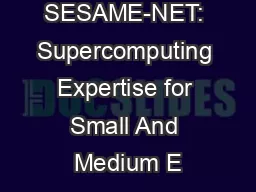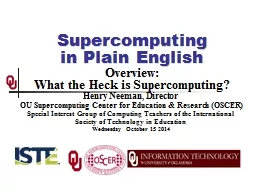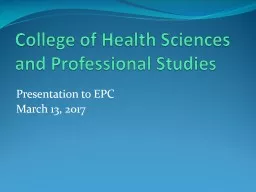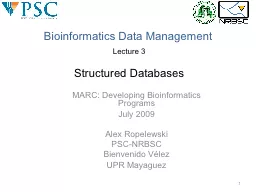PPT-Supercomputing and Sciences
Author : giovanna-bartolotta | Published Date : 2016-07-23
Rong Ge Marquette University Supercomputing in plain English Personal computers and limited capability Supercomputers for solving scientific problems Supercomputing
Presentation Embed Code
Download Presentation
Download Presentation The PPT/PDF document "Supercomputing and Sciences" is the property of its rightful owner. Permission is granted to download and print the materials on this website for personal, non-commercial use only, and to display it on your personal computer provided you do not modify the materials and that you retain all copyright notices contained in the materials. By downloading content from our website, you accept the terms of this agreement.
Supercomputing and Sciences: Transcript
Download Rules Of Document
"Supercomputing and Sciences"The content belongs to its owner. You may download and print it for personal use, without modification, and keep all copyright notices. By downloading, you agree to these terms.
Related Documents

